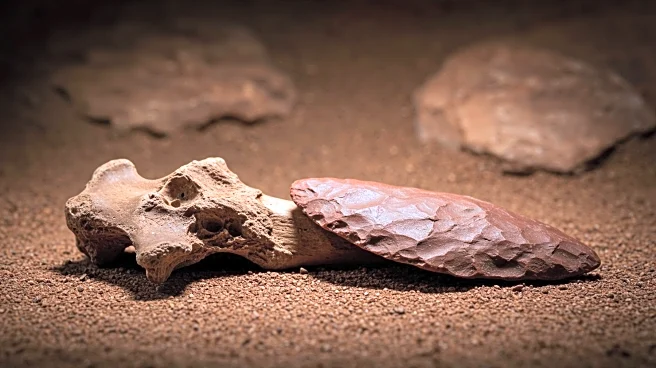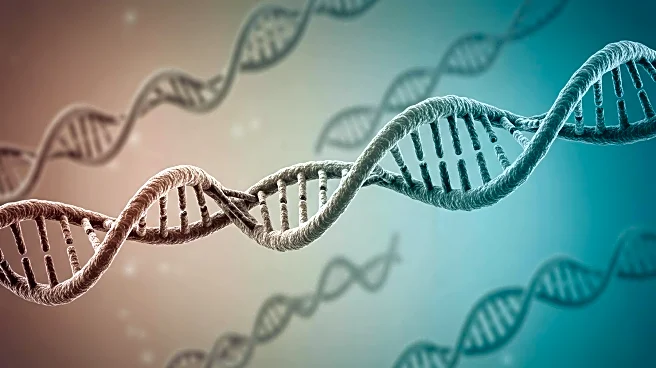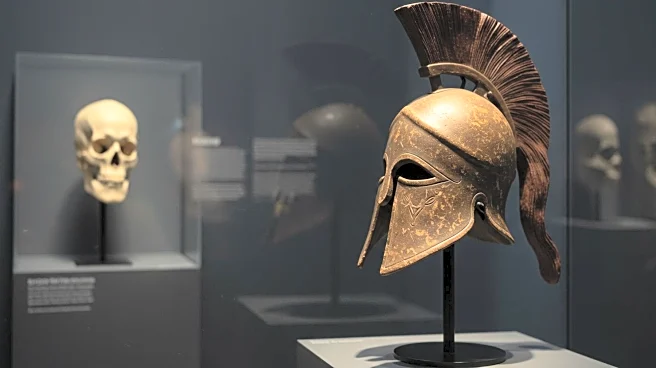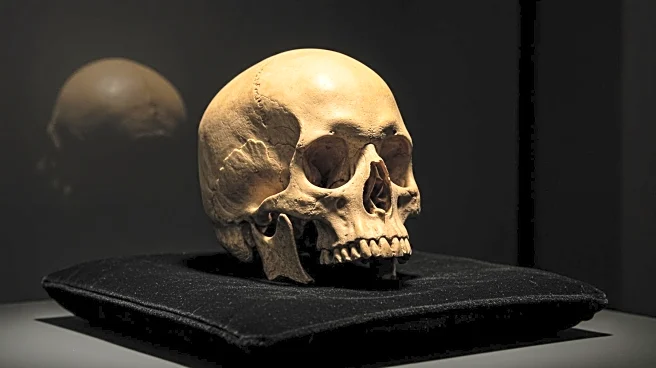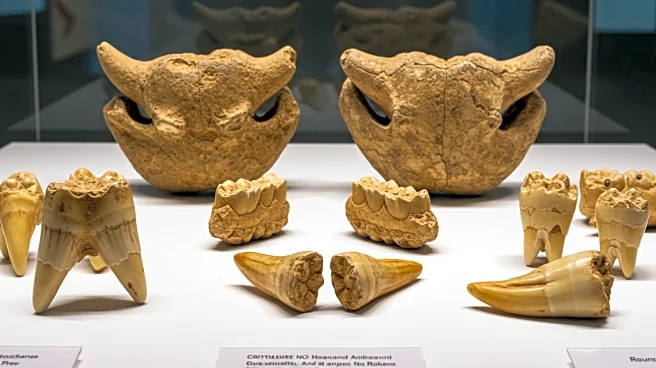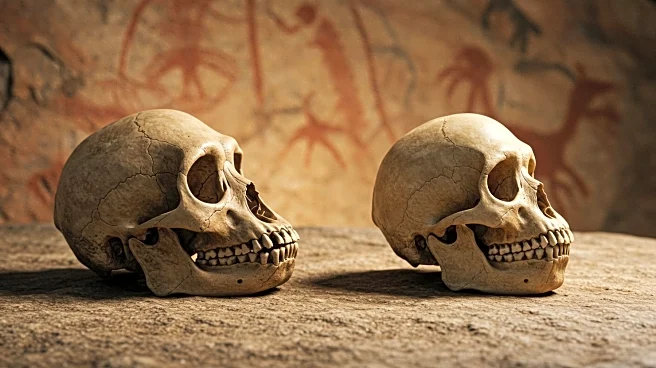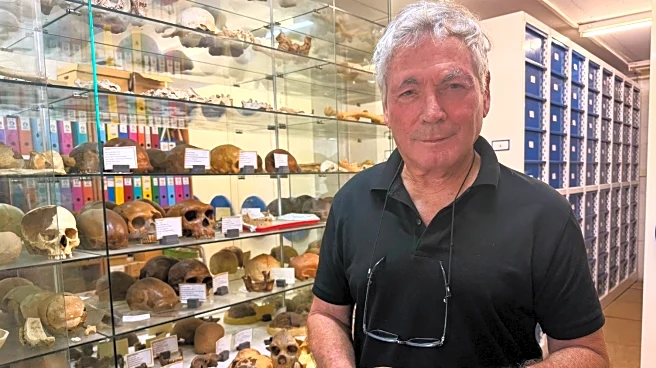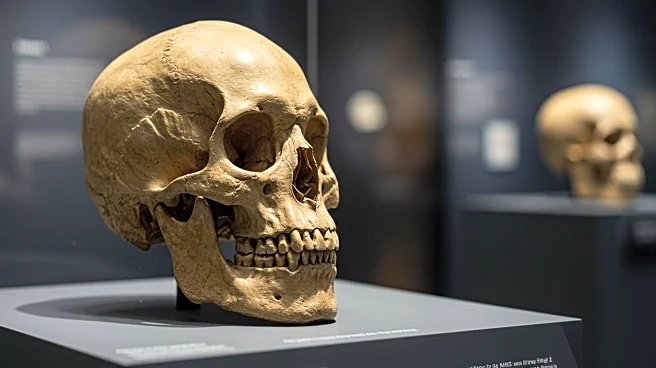Rapid Read • 9 min read
Researchers from Tel Aviv University and the French National Center for Scientific Research have uncovered the earliest known evidence of interbreeding between Neanderthals and Homo sapiens. The discovery was made through the analysis of a 140,000-year-old fossil of a child found in the Skhul Cave on Mount Carmel. This fossil exhibits a combination of Neanderthal and Homo sapiens traits, marking it as the earliest human fossil to display such features. The study, led by Prof. Israel Hershkovitz and Anne Dambricourt-Malassé, utilized advanced micro-CT technology to create a detailed three-dimensional model of the skull and jaw, revealing both Neanderthal and Homo sapiens characteristics. This finding challenges previous assumptions that these two groups were separate species and provides new insights into their social and biological interactions.
AD
This discovery is significant as it reshapes the understanding of human evolution and the interactions between Neanderthals and Homo sapiens. The evidence of interbreeding suggests that these groups were not isolated but had complex social and biological relationships. This has implications for the study of human genetics, as it provides a deeper understanding of the genetic exchanges that have shaped modern human DNA. The research indicates that Neanderthals contributed to the genetic makeup of Homo sapiens much earlier than previously thought, which could lead to a reevaluation of the timeline and nature of human migration and interaction. This finding also highlights the importance of the Middle East as a key region in the study of human evolution.
Further research is likely to focus on additional fossil discoveries in the region to better understand the extent and nature of interactions between Neanderthals and Homo sapiens. Scientists may also explore the genetic implications of this interbreeding, potentially leading to new insights into the evolutionary history of modern humans. The study could prompt a reexamination of other fossils previously attributed solely to Homo sapiens, as they may also contain evidence of Neanderthal traits. This ongoing research will continue to refine the understanding of human ancestry and the complex web of interactions that have shaped the human species.
The discovery raises ethical and cultural questions about the interpretation of human history and the narratives constructed around human evolution. It challenges the notion of distinct human species and suggests a more interconnected evolutionary path. This could influence how societies perceive human diversity and the shared heritage of different human populations. Additionally, the use of advanced technology in anthropology highlights the potential for new methodologies to uncover hidden aspects of human history, paving the way for future discoveries.
AD
More Stories You Might Enjoy


